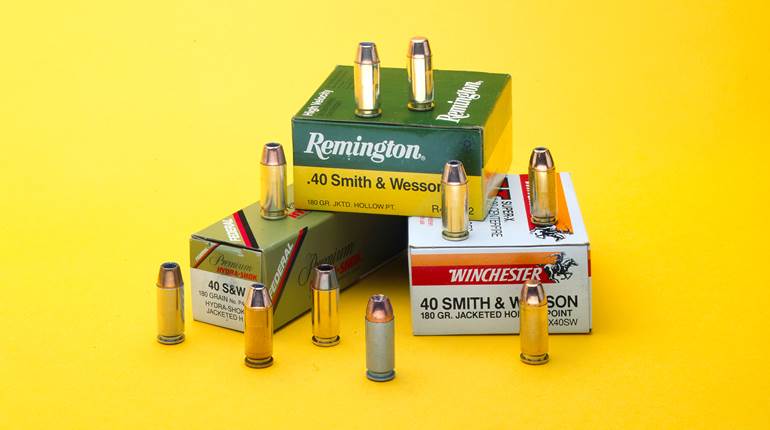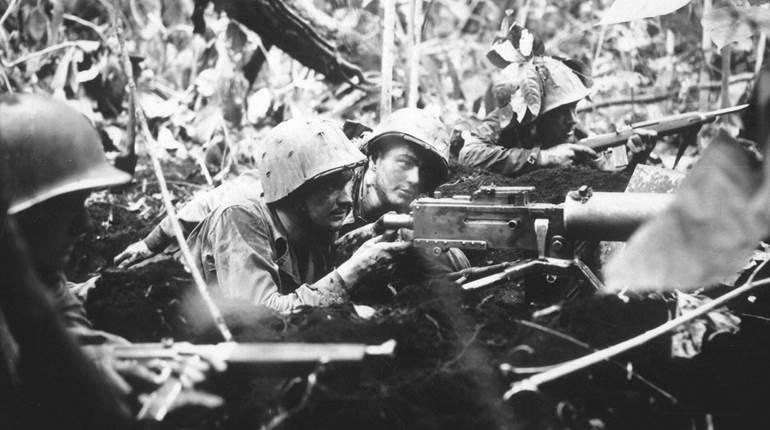
Lots of interested handgunners have chimed in on this "status-of-the-Forty" topic in recent weeks in this blog. Everybody has had something to say and we have all come away with more information going forward. I was tickled to see the number of shooters who apparently believed that the best thing about the Forty was its parentage of the .357 Sig. I am an unabashed fan of this nifty little round and will be offering my observations and opinions in an upcoming American Rifleman story. One of my readers not-so-gently chided everyone for their lack of appreciation of the easy conversion-to-another-caliber capability of the .40 S&W.
So, for the record, let's look at the relationship between the two. The .357 Sig has the same overall length, base diameter and case head configuration as the .40 S&W. It is essentially a necked-down .40 S&W case that takes a .355" diameter bullet weighing (usually) 125 grains and reaching muzzle velocities around 1350 fps. The most commonly encountered pistol chambered for the .357 Sig is the SIG Sauer P226. If you have a P226 in .40 S&W, the only thing you need to shoot .357 ammo is a different barrel. Sig Sauer cheerfully sells these at a reasonable price. The magazines are interchangeable, as are the recoil springs.
Since the SIG Sauer pistols are utterly simple to field strip, it takes just a few seconds to make the barrel swap. This is kind of a nifty feature, but it is by no means the major advantage of the .357 Sig cartridge. Stay tuned.






































